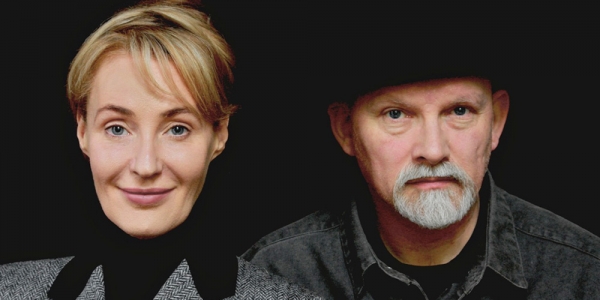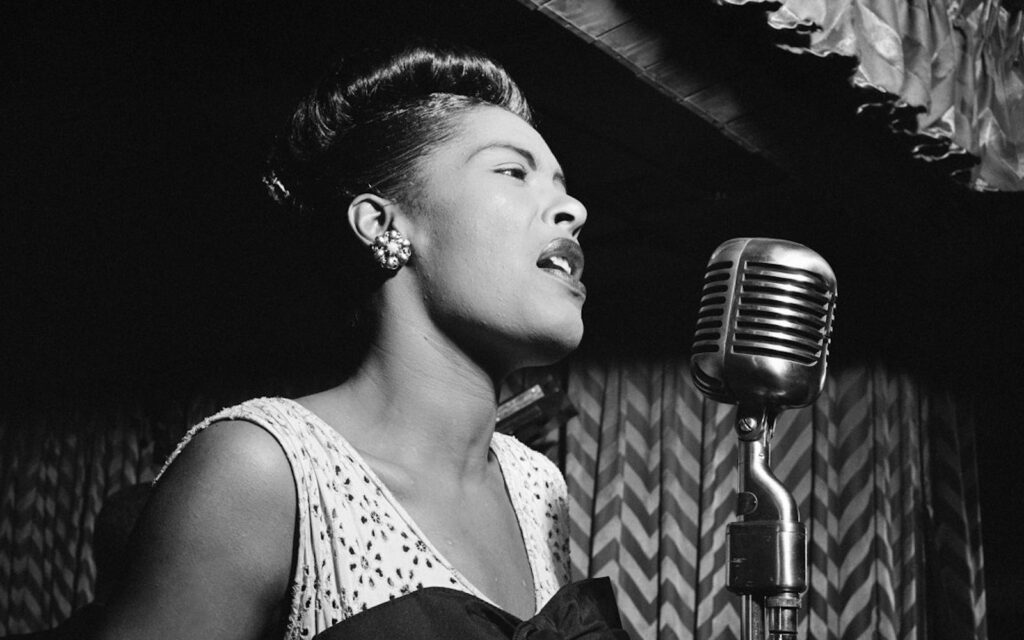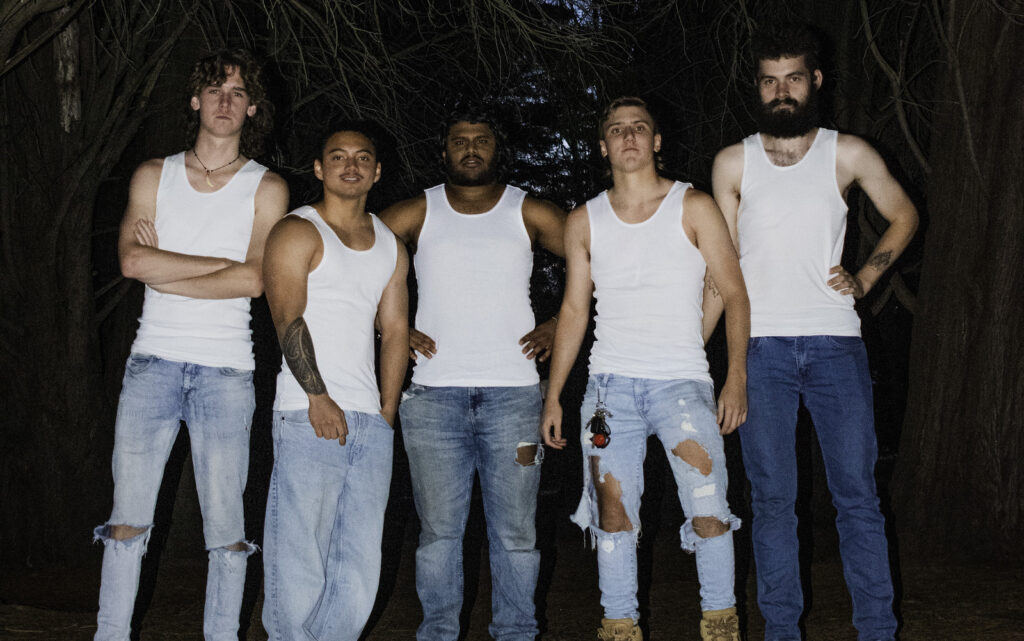“Somebody once asked me, ‘why don’t we make Australian music?’”, A mental ‘face-palm’ hangs in the air as Gerrard recalls. “It was as if we had to tick certain boxes to be considered Australian.” The daughter of Irish immigrants remembers this throw-away question posed to her long ago, and which has bugged her since. But to argue the case for Dead Can Dance’s place in the Australian music scheme, she need only have retorted with AC/DC’s Scottish-ness, or Crowded House’s Kiwi-ness for effect. “Basically what they were asking was, why don’t we sound like a white suburban band, which is after all what we were!” In fact the Prahran which Lisa left behind in 1982 for the excitement and uncertainty of London, provided the ideal foundation for what would become Dead Can Dance. Gerrard recalls unfamiliar and exotic languages and most importantly, music in abundance in the tiny suburban street. “So many of our neighbours were a mix of Greek and Turkish immigrants, many of who couldn’t speak English very well, if at all, and because their sort of connection to the countries they had left behind was this very traditional music, it would be blasting out of their windows on a hot night.”
The title of the new album, Anastasis, roughly means ‘suspended for an indefinite period of time’. Apart from the obvious self-reference for a band on hiatus since 1998, it could also relate to the sense of timelessness in Dead Can Dance’s music. They employ instruments so ancient their true origins have been forever blurred by time as they changed hands along the Silk Road between vagabond and troubadour alike. Gerrard meanwhile has long sung in a curious non-specific language; which has an oddly inclusive benefit. “When I was growing up, you didn’t get Irish people speaking Italian or Greek or anything like that, so my experience of hearing these other languages on a daily basis meant I could just listen to the tones and patterns and there was a kind of music to that in itself.”
She adds, “The Irish have a strong tradition of story-telling and so to me singing without using words to tell a story was such an exotic idea.” Once the foundation for what Dead Can Dance would become was set in place, Lisa and then live-in boyfriend Brendan Perry re-established themselves in London during 1982 at the height of post-punk only to find themselves suddenly starved of the cultural diversity they had become so used to.
“We were in this very poor, white part of London for a time in this council flat and it was quite depressing when we first arrived.” Gerrard recalls. “But we kind of lived as though we were in this private school by spending all our time in the local libraries and music archives, just absorbing all this literature and music which was beyond what we could have found in Australia. Our own identity really began to develop from that time, so ultimately it wasn’t wasted time.”
After signing a deal with 4AD, Dead Can Dance quickly established their niche throughout the ’80s and ’90s as a ‘world fusion’ band. Releases like Into The Labyrinth and The Serpent’s Egg became celebrated classics, and even drew the attention of Hollywood. During DCD’s hiatus, Gerrard became an award-winning film-score composer in her own right, and along the way found time to establish her own label, Gerrard Records, with generosity as the driving force. “I wanted to be able to give more to artists signed to my label than I was given when we were on 4AD.” She explains. “That was the idea, but by the time everyone involved grabs a piece of the action, there’s really nothing left. I wanted my artists to feel liberated to work on their music and not have to worry about money, you know. I mean when I think about the amount of dough that 4AD made out of us when we had so little… it’s kind of criminal!” As the band’s first full local tour in 20 years approaches, talk turns to what the shows will have in store.
“It’s an important convention to the work that in concert it takes on a life of its own.” Gerrard confirms. “We used a lot of organic instruments on the recording, but we couldn’t really tour with a full orchestra, but Brendan plays a variety of instruments, and I play my Yangqin and dulcimers. The main detail though is always the cavernous, big sound in what we do. It’s very much about creating a landscape of sound when we play live… It’s how our music is best enjoyed I think.”
BY LEIGH SALTER







